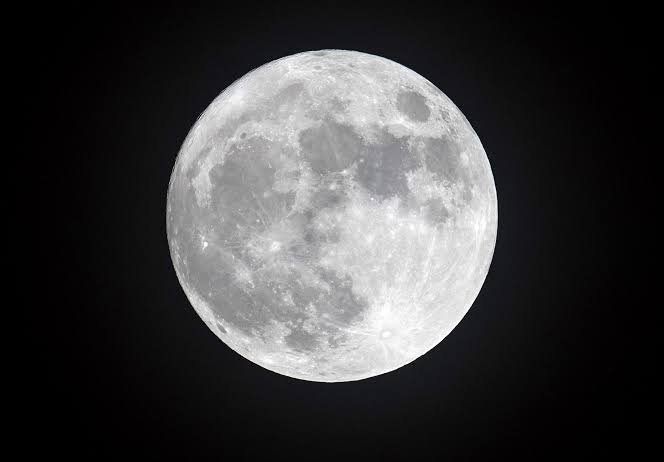The Moon, a timeless muse for artists, poets, and dreamers, is slowly drifting away from Earth. This seemingly science-fiction scenario is grounded in scientific research conducted by the University of Wisconsin-Madison. By studying 90-million-year-old rock formations, researchers have uncovered significant implications of this lunar migration.
The study reveals that the Moon is receding from Earth at an annual rate of approximately 3.8 centimetres. This gradual separation will ultimately extend Earth’s days to 25 hours over the next 200 million years. Historical data shows that 1.4 billion years ago, an Earth day lasted just over 18 hours.
This phenomenon is primarily due to the gravitational interactions between Earth and the Moon, especially the tidal forces they exert on each other. Stephen Meyers, a geoscience professor at the University of Wisconsin-Madison, explains, “As the Moon moves away, the Earth is like a spinning figure skater who slows down as they stretch their arms out.”
Meyers and his team aimed to use astrochronology to develop ancient geological time scales, allowing for the study of rocks billions of years old in a manner comparable to modern geological processes.




Comments are closed.